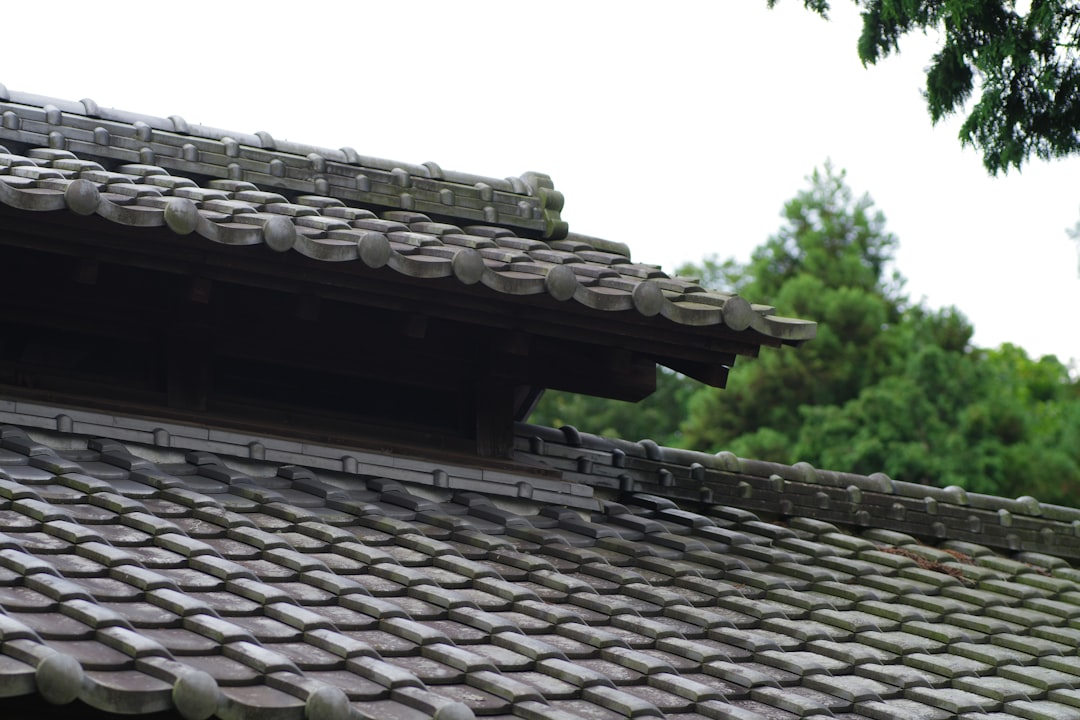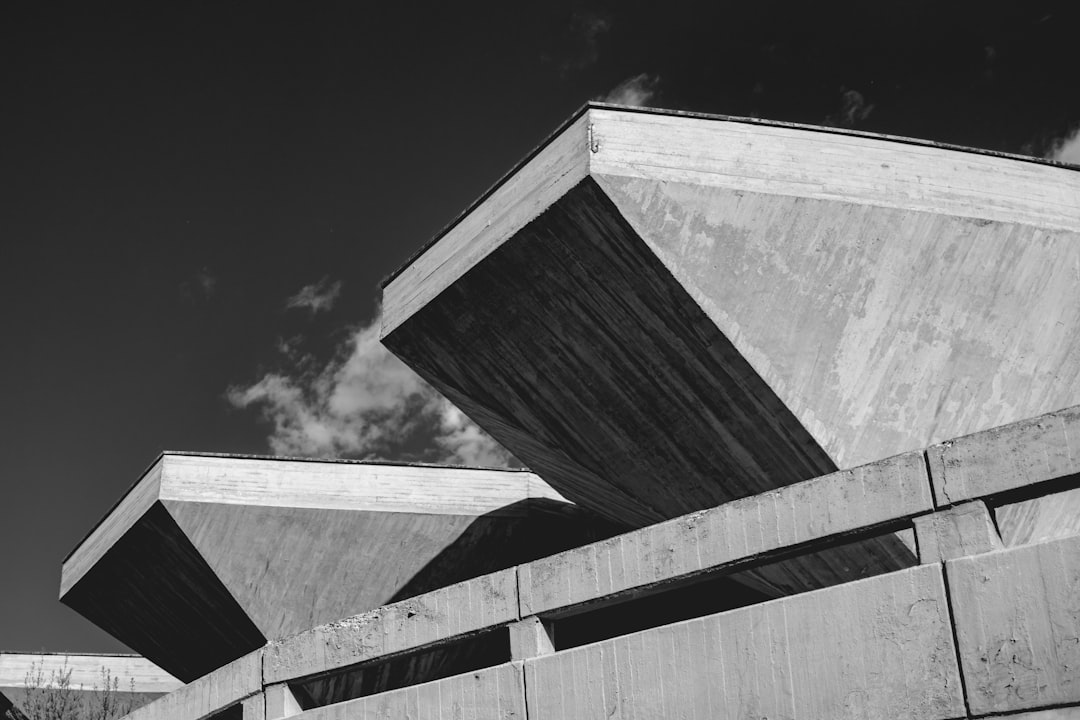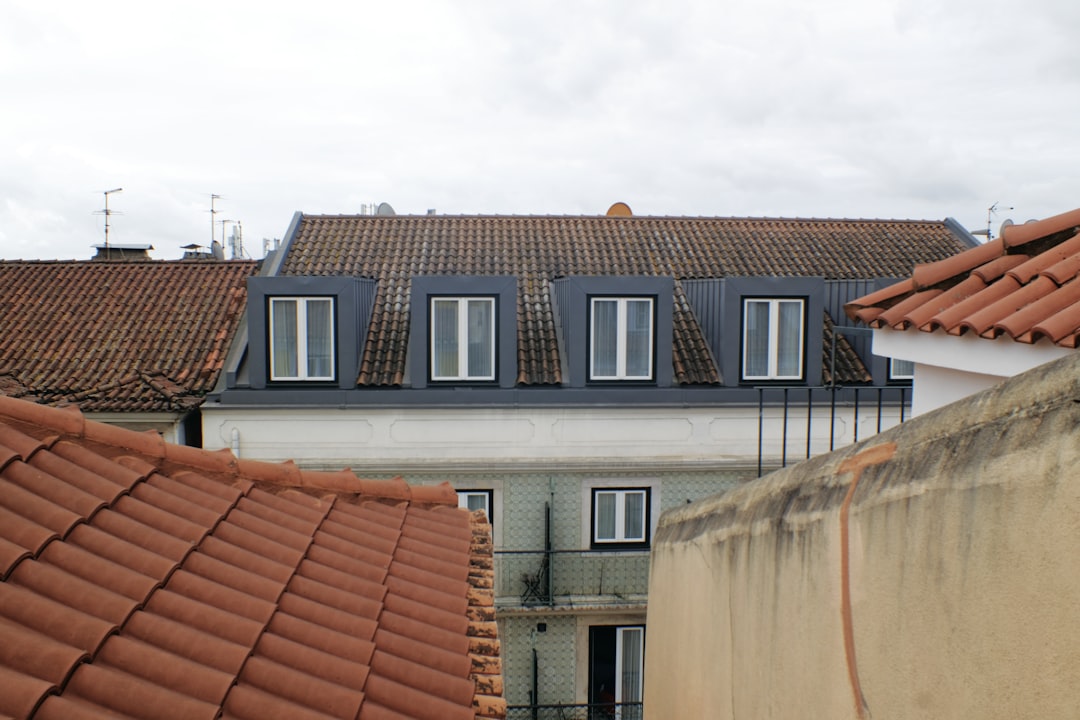Miami-Dade’s unique climate poses specific challenges to homeowners when choosing and maintaining roofing systems. From intense sun exposure and heavy tropical rains to hurricane-force winds, the durability and upkeep of your roof play a crucial role in protecting your home. This article explores the most common roof types found in Miami-Dade, such as asphalt shingles, clay tiles, metal roofing, and flat membrane roofs, dissecting their benefits, vulnerabilities, and upkeep requirements. Additionally, we discuss regional building codes and how they influence roofing choices, plus essential maintenance tasks to prolong roof lifespan, prevent damage, and maintain energy efficiency. Whether updating an existing roof or planning new construction, understanding these critical aspects ensures your investment withstands Miami’s weather extremes.
Common Roof Types in Miami-Dade and Their Maintenance Needs
Miami-Dade County is known for its tropical climate, subjecting homes to intense heat, moisture, and severe weather events like hurricanes. This environment necessitates roofing materials and designs that can handle extreme conditions while maintaining structural integrity and aesthetic appeal. Homeowners face the dual challenge of selecting the appropriate roof type and committing to a maintenance regimen that guards against deterioration. From the classic asphalt shingles widely used across the U.S. to the iconic clay tiles that dominate Mediterranean-style homes, this region boasts diverse roofing options, each with unique care requirements. Additionally, modern membrane roofs cater to the increasing demand for flat roofs in contemporary architecture. Understanding the interplay between these roof types, the Miami-Dade building codes, and proper upkeep practices will empower you to make informed decisions, reduce costly repairs, and keep your property safe year-round.
Overview of the Most Common Roofing Materials and Styles in Miami-Dade
Miami-Dade’s climate and building regulations heavily influence the choice of roofing materials. Unlike other regions, roofs here must meet strict hurricane codes, driving the demand for impact-resistant and wind-resistant materials. Here are the primary roof types prevalent in the area:
- Asphalt Shingles: Cost-effective and easy to install, with brands like GAF, Owens Corning, and IKO providing options suited for South Florida’s weather.
- Clay and Concrete Tile Roofs: Favored for their long lifespan and resistance to the sun’s UV rays, supplied by manufacturers such as Boral Roofing and Eagle Roofing Products.
- Metal Roofing: Increasingly popular due to durability and energy efficiency, with products from CertainTeed and Tamko well-regarded in the region.
- Flat or Low-Slope Roofing: Typically utilizing membrane materials like those from Carlisle SynTec or Sika/Sarnafil, these roofs are common in commercial buildings but are also gaining traction in residential settings.
An effective approach to selecting the right roof involves weighing initial costs, expected lifespan, maintenance complexity, and compliance with Miami-Dade’s rigorous building codes. Many homeowners favor tile roofs for their resilience and aesthetic value, despite the higher upfront investment, while others opt for asphalt shingles for affordability and ease of replacement.
| Roof Type | Benefits | Maintenance Needs | Typical Lifespan | Common Miami-Dade Brands |
|---|---|---|---|---|
| Asphalt Shingle | Affordable, Easy Installation | Regular inspection for granule loss, sealing, cleaning gutters | 15-25 years | GAF, Owens Corning, IKO |
| Clay/Concrete Tile | Durable, UV Resistant, Aesthetic | Check for cracked or displaced tiles, clean moss and debris | 50+ years | Boral Roofing, Eagle Roofing Products |
| Metal Roof | Long-lasting, Reflective, Resistant to Winds | Inspect for rust spots, reseal seams, clear debris | 40-70 years | CertainTeed, Tamko |
| Membrane (Flat Roof) | Waterproof, Lightweight | Regular checks for punctures, resealing, drain maintenance | 20-30 years | Carlisle SynTec, Sika/Sarnafil |
The choice of roofing materials is not just a matter of appearance; it’s a strategic decision that impacts your home’s protection and energy use, especially in Miami-Dade’s extreme climate.

Understanding Miami-Dade Building Codes and Their Impact on Roof Selection
Miami-Dade County enforces some of the most stringent building codes in the United States, especially concerning roofing. These codes, developed in response to the area’s vulnerability to hurricanes and storms, influence how roofs are constructed and maintained. Here’s how these regulations shape roofing choices:
- Wind Uplift Resistance: Roofs must withstand sustained high winds, often rated to resist speeds exceeding 150 mph.
- Impact Testing: Materials must pass testing against windborne debris impact, requiring certifications like those from Miami-Dade Product Control Division.
- Installation Standards: Certified installation by licensed professionals is mandatory, ensuring proper attachment techniques and material use.
These standards push homeowners and builders to prefer durable roofing systems, often selecting high-performance materials from top manufacturers such as Atlas Roofing or Tamko, who produce products specifically designed for hurricane-prone areas. Maintaining code compliance often means that repair and maintenance tasks must also follow strict guidelines, including the use of approved sealants and flashings.
| Code Requirement | Description | Effect on Material Choice |
|---|---|---|
| Wind Load Resistance | Must resist wind speeds up to 150+ mph | Preference for metal, tile, and reinforced membranes |
| Impact Resistance | Materials must survive windborne debris testing | Exclusion of some standard asphalt shingles; more durable options needed |
| Certified Installation | Licensing and approved techniques required | Increases installation costs but ensures longevity |
Adhering to these codes is vital not only for safety but also for insurance compliance and avoiding fines. Thus, selecting roofing materials and professionals with Miami-Dade expertise is key.
Common Roof Problems in Miami-Dade Homes and How to Detect Them Early
The Miami climate with its frequent rainstorms and high humidity creates particular vulnerabilities in roofing systems. Early detection of problems can prevent expensive repairs or replacements. Common issues include:
- Water Intrusion and Leaks: Moisture can seep through damaged shingles, cracked tiles, or deteriorated membranes, leading to interior water stains and potential mold growth.
- Shingle Granule Loss: Asphalt shingles shed granules over time due to UV exposure and storms, compromising protection and fire resistance.
- Moss and Mold Growth: Persistent moisture fosters moss or mold, which can degrade materials and cause health hazards.
- Wind Damage: High winds can lift or blow off shingles and tiles, leaving the roof exposed to elements.
- Clogged Gutters and Drainage Issues: Blocked gutters cause water pooling, increasing the risk of roof leaks and structural damage.
Detecting these problems involves regular inspections, ideally twice annually or after major storms. Look for dark streaks on the roof, missing or cracked tiles, granules accumulating in gutters, and signs of water stains inside your home. Documenting these observations helps when scheduling timely repairs with professionals experienced in Miami conditions.
| Problem | Signs to Look For | Potential Impact if Ignored |
|---|---|---|
| Water Intrusion | Ceiling stains, mold smell, peeling paint | Structural damage, mold growth, costly repairs |
| Granule Loss | Granules in gutters, faded roof colors | Decreased protection, accelerated wear |
| Moss/Mold Growth | Dark streaks or patches on roof surface | Material degradation, health risks |
| Wind Damage | Missing or lifted shingles/tiles | Exposure to rain, further damage |
| Clogged Gutters | Overflowing water, debris buildup | Water pooling, foundation damage |

Maintenance Strategies for Asphalt Shingle and Tile Roofs in Miami-Dade
Due to their widespread use, asphalt shingles and tile roofs require distinct maintenance tactics to maximize durability amid Miami’s harsh climate conditions:
Asphalt Shingle Roof Maintenance
Homeowners should routinely check for loose or missing shingles, monitor for granule loss, and clean gutters to prevent water backup. Applying sealants around flashing and vents helps keep the roof watertight. Brands like GAF provide roofing products designed for high-wind areas, but aging shingles typically require replacement after 20-25 years.
Tile Roof Maintenance
Clay and concrete tiles benefit from periodic inspections to identify and replace cracked or broken tiles. Removing moss and algae growth prevents moisture retention that could weaken the roof structure. Proper drainage and gutter upkeep are critical to avoid water infiltration beneath the tiles. Tiles manufactured by Boral Roofing and Eagle Roofing Products often last over 50 years when well maintained.
- Inspect tiles or shingles after hurricane season
- Clear leaves and debris from gutters every six months
- Use gentle cleaning solutions to avoid damaging materials
- Hiring professionals for sealing and tile repairs ensures quality
- Maintain detailed records of inspections and repairs to track roof health
Consistent care of these roof types not only preserves structural integrity but also enhances curb appeal, which is essential in Miami’s competitive real estate market.
Best Practices for Maintaining Metal and Flat Membrane Roofs in Miami-Dade
Metal and flat membrane roofs, though less traditional, increasingly suit Miami’s architectural trends. Their maintenance needs differ significantly:
Metal Roofs
Regular inspection for rust, loose fasteners, and corrosion is imperative. Cleaning with mild detergents avoids surface wear, and resealing seams maintains waterproofing. Many metal roofs from manufacturers like CertainTeed and Tamko come with reflective coatings that reduce heat absorption, enhancing energy efficiency.
Flat Membrane Roofs
These roofs require diligent evaluation for punctures, tears, and pooling water. Keeping drains clear is essential to prevent water accumulation, which can deteriorate membrane integrity. Products from Carlisle SynTec and Sika/Sarnafil provide robust membranes tested for Miami-Dade’s extreme weather requirements.
- Schedule biannual professional inspections for seam integrity
- Clear debris promptly to prevent drainage clogs
- Address minor membrane damage quickly through patching
- Consider applying protective coatings to extend membrane life
- Ensure certified roofers handle repairs to maintain warranty validity
Maintaining these specialized roofs demands a proactive schedule to prevent water intrusion and structural deterioration, especially when considering Miami’s recurring tropical storms.
Key Factors to Consider When Choosing a Roofing Contractor in Miami-Dade
Selecting the right roofing professional is as important as the roofing material chosen. Several criteria will guide you toward hiring an expert capable of meeting Miami-Dade’s demands:
- Local Experience: A contractor familiar with Miami’s codes and weather intricacies delivers tailored solutions and understands regional challenges.
- Licensing and Insurance: Verify proper licensing and adequate coverage to protect against liabilities during work.
- Manufacturer Certifications: Certified installers for brands like GAF or Atlas Roofing ensure compliance with warranty terms.
- Transparent Pricing: Detailed estimates that break down labor, materials, and any additional costs foster trust and informed decisions.
- References and Reviews: Checking testimonials and portfolios confirms quality and reliability.
Choosing an experienced local company like TS Painting Pro, which combines roofing expertise with interior painting and remodeling services, strengthens project coordination and satisfaction. For additional insights on related projects and maintenance, visit local interior painting experts in Miami.
Establishing a Comprehensive Roof Maintenance Routine for Miami-Dade Homeowners
Successful roof care in Miami requires a carefully structured maintenance plan addressing seasonal and climate-specific challenges:
- Seasonal Inspections: Perform detailed checks in spring to repair hurricane aftermath and in late fall to prepare for winter rains.
- Regular Cleaning: Remove debris from gutters and roof surfaces every six months to prevent moisture buildup.
- Documentation: Maintain records of inspections, interventions, and material warranties for future reference and insurance claims.
- Professional Assessments: Schedule roof inspections with certified contractors biennially or after severe weather.
- Preventive Repairs: Act promptly on any damage signs, such as loose shingles, cracked tiles, or membrane tears, to avoid escalation.
Implementing these steps extends your roof’s durability, reduces unexpected costs, and preserves your home’s value in the Miami-Dade real estate market.
Innovative Roofing Trends and Advancements Influencing Miami Market in 2025
The Miami roofing sector continuously evolves, integrating innovation to combat climatic challenges while catering to aesthetic and environmental concerns. Current trends include:
- Cool Roof Technologies: Reflective coatings and materials that reduce heat absorption, significantly lowering indoor temperatures and energy use.
- Solar-Integrated Roof Systems: Combining photovoltaic panels seamlessly with roofing materials, generating power without compromising design.
- Green Roofs: Incorporation of vegetation layers to improve insulation, reduce runoff, and enhance air quality.
- Advanced Hurricane-Resistant Materials: Innovations from leading brands like Sika/Sarnafil and Atlas Roofing in membrane strength and fastening technologies surpass existing standards.
These innovations not only help homeowners meet Miami-Dade’s evolving building codes but also promote sustainability and resilience amidst climate uncertainties.
Protect Your Miami Home with Expert Roofing and Remodeling Services
Ensure your property withstands Miami’s climate with professional roof maintenance, repairs, and remodeling. Our experienced team at TS Painting Pro specializes in durable roofing solutions—from asphalt shingles to tile and metal roofs—tailored for local weather demands. Benefit from our comprehensive services that combine aesthetic upgrades and structural repairs for lasting results. Contact us to secure your home’s safety and boost its market value today.


